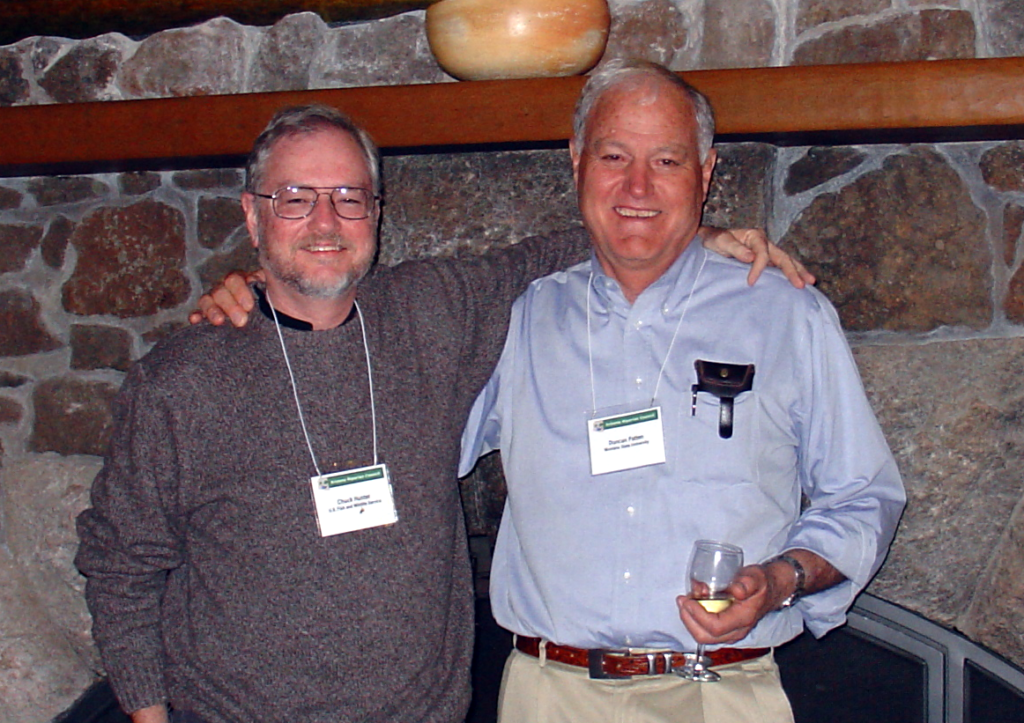The Arizona Riparian Council was conceived at the First North American Riparian Conference held in Tucson in April 1985. An informal meeting was held to determine the potential for creating a State-wide riparian advocacy group that would address the issues facing management, conservation, use, and research of riparian areas in Arizona. The meeting was attended primarily by resource managers and academic researchers; how-ever, these individuals also represented, in part, some of the conservation organizations and riparian users within the State. That meeting demonstrated a great deal of interest in establishing a grass-roots organization within Arizona. The information presented at the conference showed that riparian areas within Arizona and the Southwest were at a critical state, and either an effort was needed to protect them through basic management and legal means supported by information from research, or degradation of those riparian areas would increase. It is estimated that only 10 to 15 percent of the lower elevational riparian areas in Arizona remain, and only a small percentage of all riparian areas in the State are not drastically disturbed.
After the Tucson meeting, inquiries were sent to interested individuals within the State to determine their commitment to organizing a council and to identify critical issues and concerns. The issues that were identified were grouped into major categories that have been used as part of the organizational structure of the Council: water resources and instream flow, inventory and classification, protection and enhancement, land use, education, and institutional arrangements and policy.
In November 1985, the first organizational meeting of the Arizona Riparian Council was held in Phoenix. This meeting was used to select the first interim officers of the Council and to have initial meetings of the committees that would make up the working component of the Council. The committees were based on the categories identified above. Over 50 individuals attended this meeting. Again, they represented primarily management agencies and academia; however, conservation organizations such as the Audubon Society and Sierra Club were also present. These organizations were interested in getting involved in an organization that might help develop needed information on riparian resources, which could be used in an advocacy position for appropriate riparian management and developing legislation for riparian conservation.
The constitution and bylaws of the Council were developed before the first annual meeting of the Council in October 1986. This was the first official meeting of the Arizona Riparian Council.
The above quote was taken from Patten, D. T., and W. C. Hunter. 1989. Formation of the Arizona Riparian Council: An Example of Lasting Public Interest in Riparian Resources. Pp. 537-541 in D. L. Abell, tech. coord., Proceedings of the California Riparian Systems Conference: Protection, Management and Restoration for the 1990s. 1988 September 22-24; Davis, CA. Gen. Tech. Rep. PSW-110. Berkeley, CA: Pacific Southwest Forest and Range Experiment Station, Forest Service, U.S. Department of Agriculture; 544 p.
